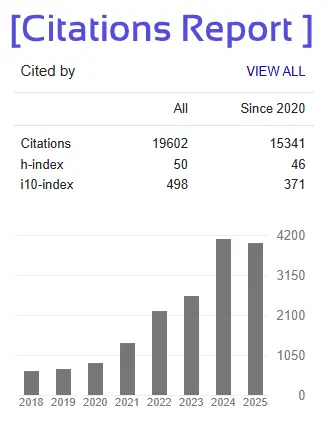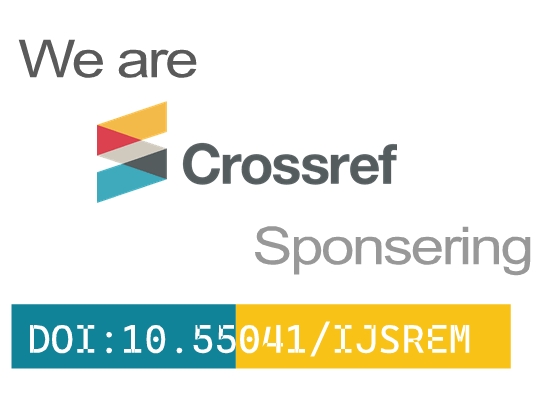- Version
- Download 93
- File Size 420.15 KB
- File Count 1
Risks and Best Practices for Cybersecurity in SAP Smart Factories for Industry 4.0
Sachin Deoram Chaudhari
Accenture LLP, USA
ABSTRACT
The advent of Industry 4.0 and the integration of smart manufacturing technologies have revolutionized the manufacturing landscape, offering unprecedented opportunities for increased efficiency, flexibility, and productivity. However, the convergence of IT and OT systems in SAP-integrated smart factories has also introduced new cybersecurity risks that must be addressed to ensure the security and resilience of these advanced manufacturing environments. This paper explores the cybersecurity landscape in SAP smart factories, identifying key risks such as data breaches, malware infections, insider threats, and supply chain attacks. It emphasizes the importance of implementing comprehensive cybersecurity best practices that encompass people, processes, and technologies. These best practices include robust access controls, regular security assessments, continuous security monitoring, timely patching and updates, and effective incident response capabilities. The paper employs a case study methodology to examine real-world implementations of SAP smart factories across various industries, gathering insights from stakeholders, analyzing security architectures, and reviewing existing security controls and incident response plans. The findings highlight the complex nature of securing SAP smart factories due to the intricacies of IT and OT systems and their unique security requirements and vulnerabilities. The paper concludes that ensuring the security of SAP smart factories is an ongoing process that requires continuous monitoring, evaluation, and improvement. By proactively addressing cybersecurity risks and implementing robust security measures, organizations can harness the full potential of Industry 4.0 while safeguarding their critical assets and maintaining a competitive edge in the digital manufacturing landscape.
Keywords:
Industry 4.0, Smart manufacturing, SAP-integrated smart factories, Cybersecurity risks, IT and OT systems convergence, Data breaches, Malware infections, Insider threats, Supply chain attacks, Access controls, Security assessments, Continuous monitoring, Patching and updates, Incident response, Case study methodology, Security architectures, Digital manufacturing







